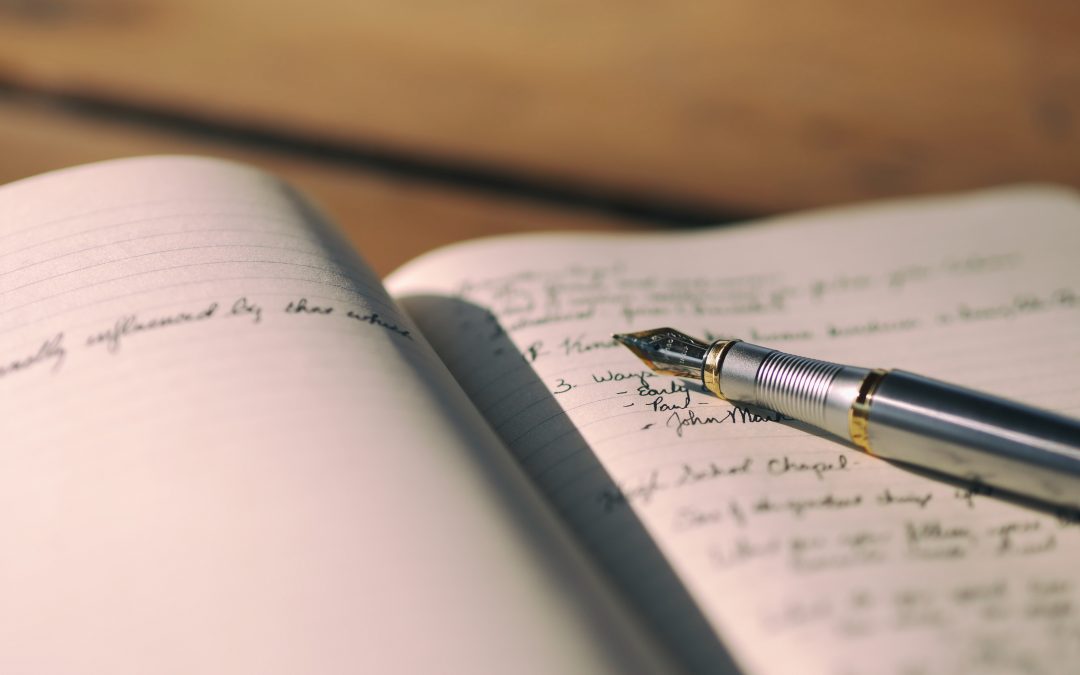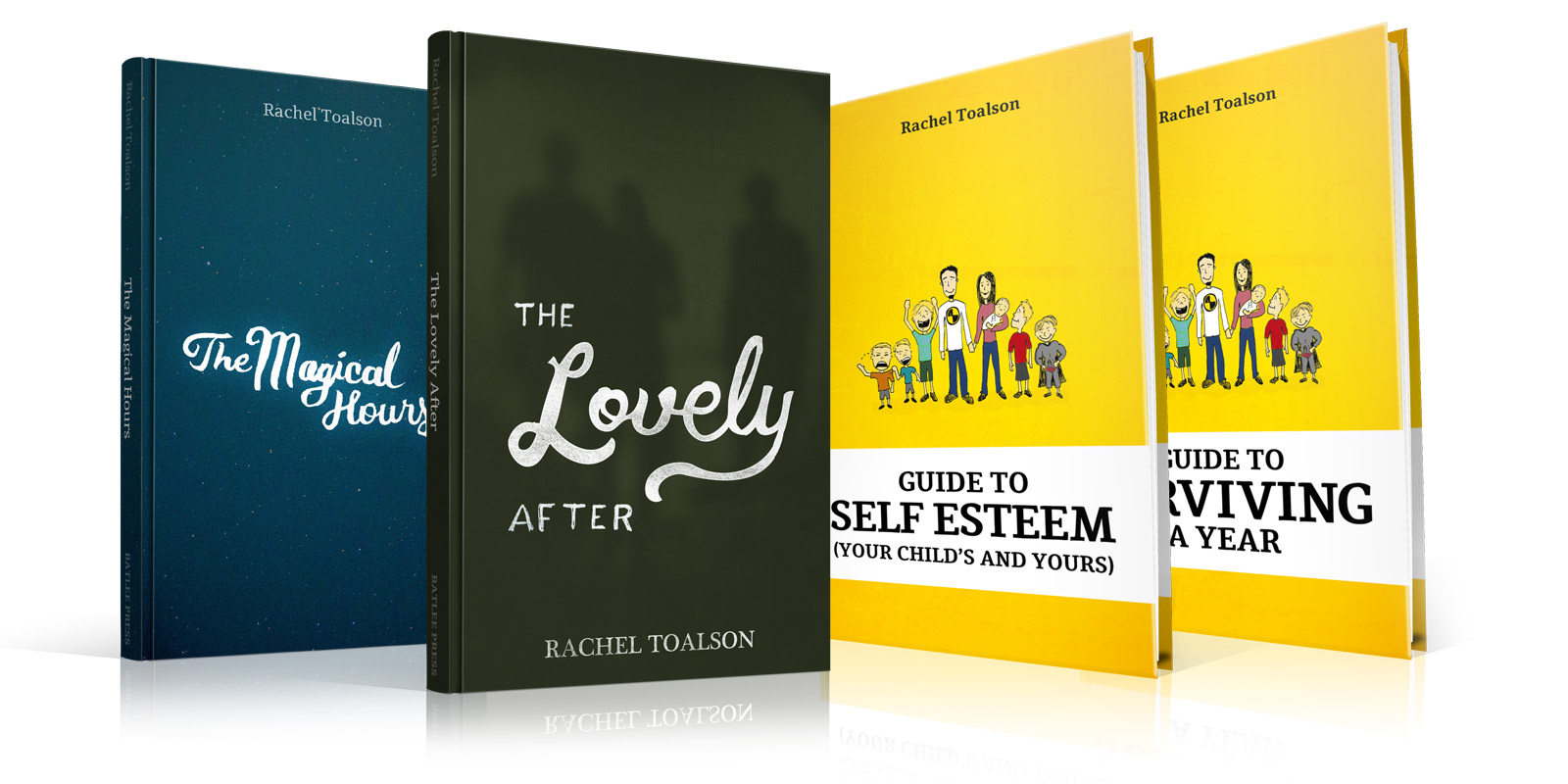The most frequent concern I hear from most writers is that they don’t have adequate time to write a book. It’s hard to find the time, when you work full-time or you’re a full-time parent. There are so many demands on us every single day that it often feels like there is no time left to give to anything—much less writing. And even if there were time, how in the world would we be able to summon creativity when we’re so exhausted by everything else in our lives.
Well, I want to tell you about a practice that should be a part of every writer’s toolbox—not only because it will save time but also because it will generate much better stories, essays and books.
For the first book I ever wrote, I flew by the seat of my pants.
I was working a full-time job as a managing editor of a newspaper, had five kids at the time, and honestly didn’t see any extra minutes I could spare to work on writing. But because I am made to write, I felt the impulse to try something—anything, that would get me writing consistently again. I asked a photographer friend if she wanted to partner with me—she could send me two pictures a week and I would write two chapters a week on a book. I thought this would set me straight and get me on the path to chasing my dream of becoming an author.
The problem is that I did not brainstorm the story before I began it.
I did spend the entire year writing two chapters a week, and by the end of that year I had a book. A sprawling, nonlinear book. But a book all the same.
That book, however, is still sitting on my hard drive waiting for a revision. It’s not a bad book. But it needs a lot of work in the way of story and development—and I believe this is because I did not brainstorm this story before I began writing it. I did not do any preparation work whatsoever for this book. I started with one character in the first scene, developed another character in the next scene and on and on it went. I had no idea where the story was going and how I would know I had finished it.
In the same way, I have a nonfiction manuscript that I am currently revising and editing that has taken me twice or maybe even three times as long to revise and edit, because I did not brainstorm it. There are many extraneous passages in its pages that could have been eliminated (which would have saved time), because a brainstorm would have given me a map as well as boundaries, and without that, I repeat myself. Often. And annoyingly.
At the time I wrote both of these books, I didn’t know anything about brainstorming. I sort of fell into brainstorming, because I found that when I brainstormed things like blogs, I could write them in half the time. So that extended to my stories. Could I write them in half the time if I actually brainstormed them? The answer was yes.
Some people are confused about what a brainstorm actually is. I’m not talking about the old outline we used in high school English class to plan what our research paper was going to be about. I’m talking about knowing a little bit about your story or essay or book before you begin to put pen to paper.
There’s been some debate about brainstorming and whether or not it impedes the creative process. Some writers say that one should never brainstorm, because it silences the muse. Some say you should never write without a very detailed outline of the book. I fall somewhere in the middle. Last year I wrote several books that were brainstormed pretty extensively—and by brainstormed extensively, I mean between 10,000 and 15,000 words of writing before I even begin the first draft of a story. It was so much work that I actually considered my brainstorm to be a very rough first draft.
In her book DIY MFA: Write With Focus, Read With Purpose, Build Your Community, Gabriela Pereira says, “Plotters have to challenge themselves to loosen up or risk writing mechanical, formulaic stories. And because subsequent books or series are often sold based on a book proposal (as opposed to a finished manuscript), pantsers must learn to write an outline if they want their writing career to extend past their first book.”
The point in my sharing this is that you will have to figure out for yourself what kind of brainstorm will work for you—the really detailed kind or the sparse kind. But in order to write anything fast and well, you will have to have some kind of brainstorm.
The brainstorm materials and methods will likely look different for every author. I use a computer, notecards, a cork board, Pinterest and stacks of research materials always at hand, but your brainstorm process will likely look different than mine.
If you choose to brainstorm your story, essay or book—and I hope you will—I believe you will see a much better story crafted in much less time.


